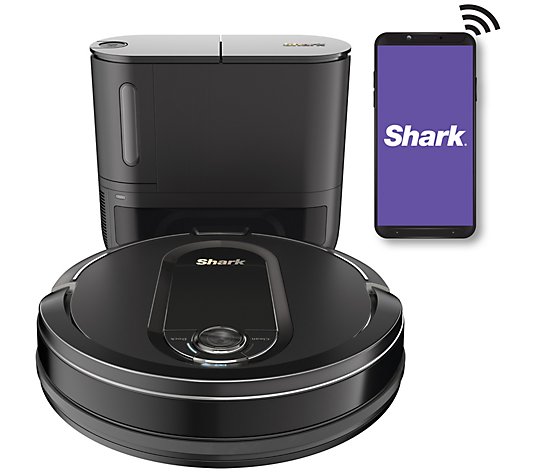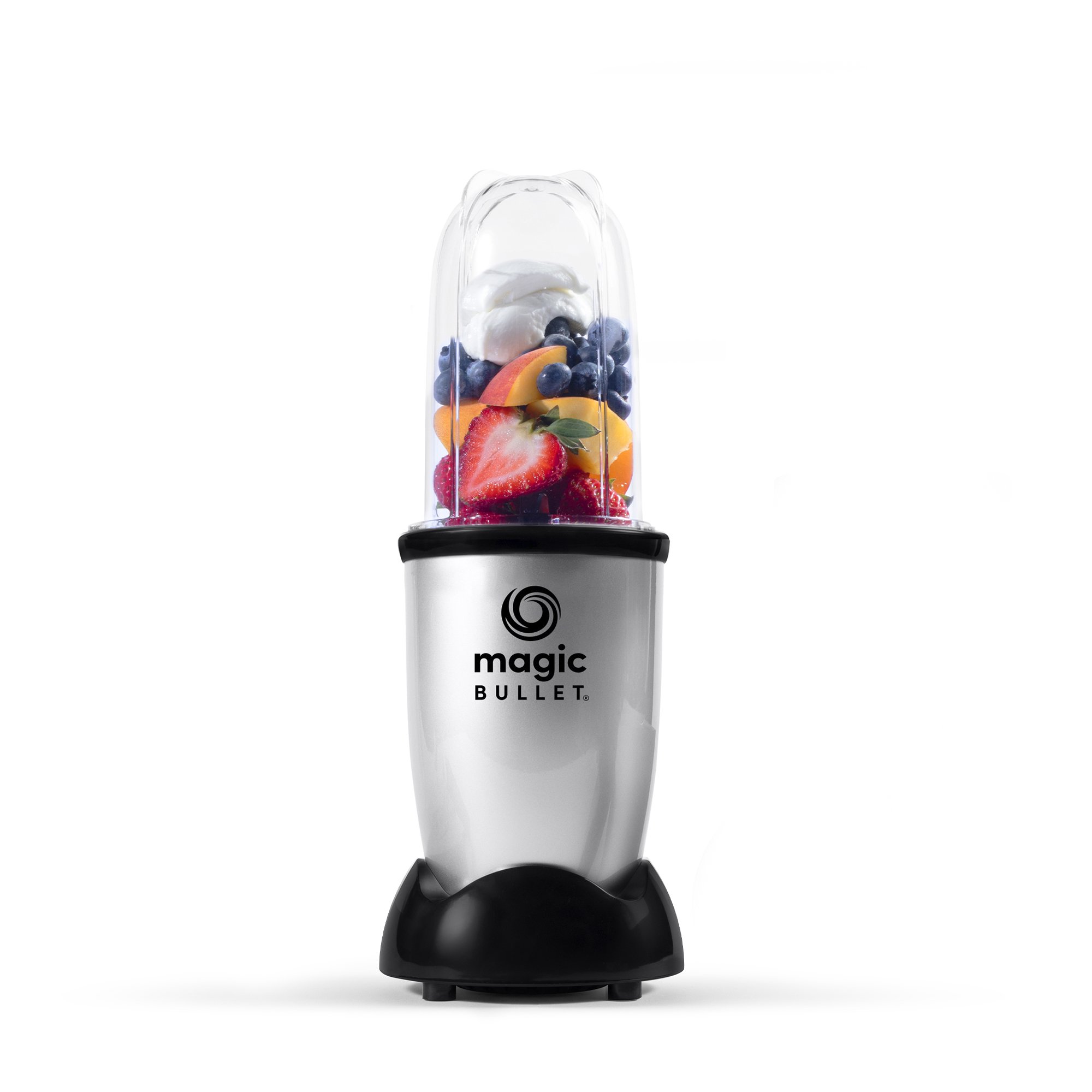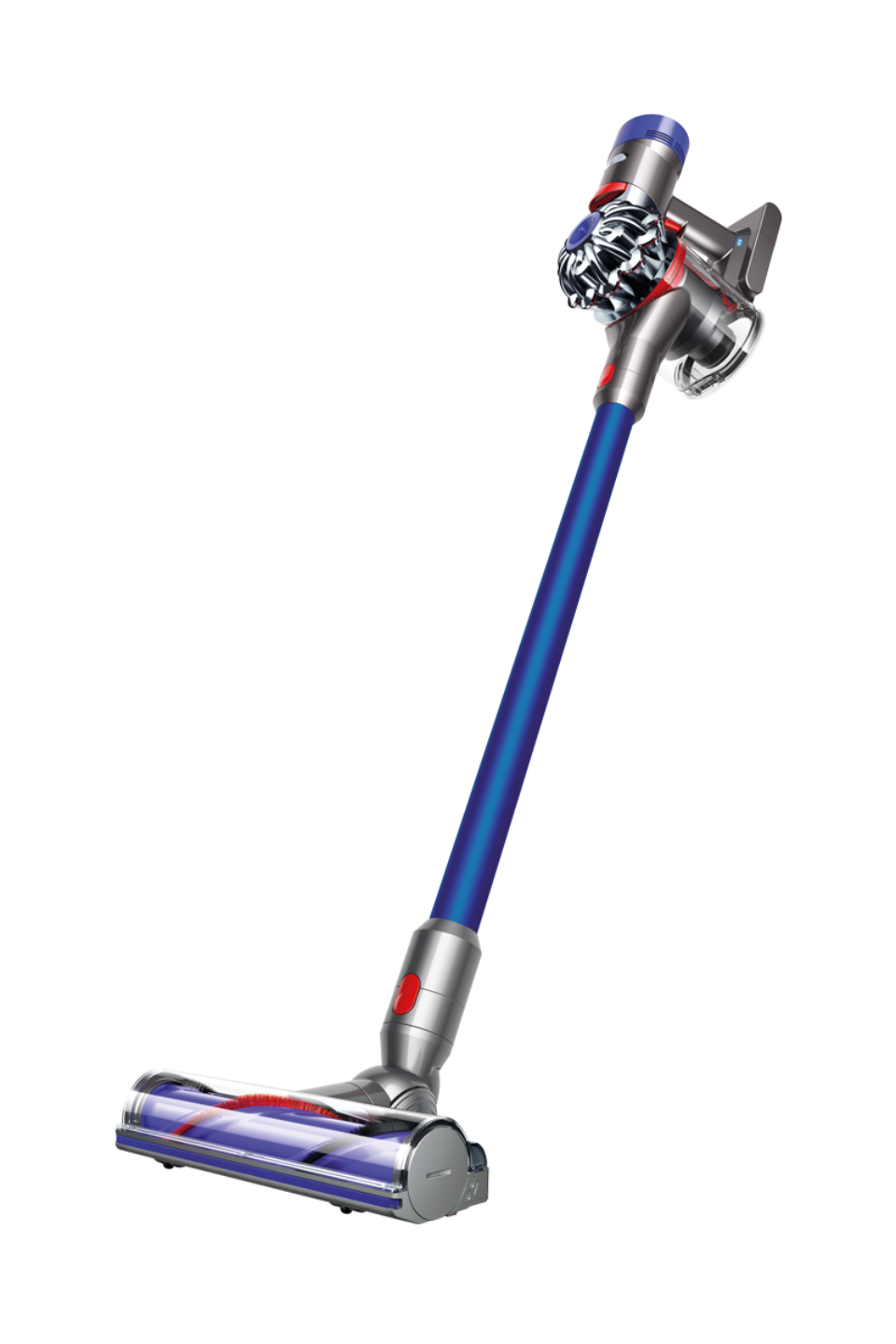Costway STAKOL 2200W Commercial 3 Flavor Ice Cream Machine Stainless Steel 20-28L/H LCD Display
Detechable tray, prevent ice cream from dripping, easy to clean. Equipped with strong Toshiba compressors, quick cooling and energy-efficient. Hardness adjustment. With 4 shape hats, can be used to make 4 different shapes of ice cream.
Note:
The package will be shipped via Freight LTL. Please leave us your phone number after you placed your order, A phone number is neceessary.Freight shipment is very expensive, if you simply refused the shipment, they will charge us the return shipping fee, if you just refused the shipment, we will refund you minus the $150~$1000(depend on your location and the quantity) shipping fee for both ways.The Inside Delivery Fee Is Not Included In The Price. We Request Additional Charge Of $60-$500 If You Request Inside Delivery Service. Please Prepare To Sign For The Package In Advance Since The Box Is Such Big.
Feature
High quality
Detechable tray, prevent ice cream from dripping, easy to clean
Equipped with strong Toshiba compressors, quick cooling and energy-efficient
Hardness adjustment
With 4 shape hats, can be used to make 4 different shapes of ice cream
Can be used to make three flavors of ice cream: two single flavors and one mix flavor
Touchpad control panel with LCD digital display
Two 6 L food grade stainless steel hoppers, stable&safe and meet the multiple people at the same time
Auto clean, One-Click Clean Function
Assemble required
There is no refrigerating function in the VAT. Please take ice cream mixture out in time when not in use
Specification
Product Dimensions: 21″(L) x 28″(W) x 29″(H)
Cylinder capacity: 2 x 6L
Materials: stainless steel
Color: Sliver
Rated Voltage: 120V 60Hz
Power: 2200W
Quantity produced: 5.3-7.4 gallon/H
Flavors: 3 Flavors
Refrigerant:R410a
Package Includes:
1 x ice cream machine1 x instruction
- Detechable tray, prevent ice cream from dripping, easy to clean
- Equipped with strong Toshiba compressors, quick cooling and energy-efficient
- With 4 shape hats, can be used to make 4 different shapes of ice cream
- Touchpad control panel with LCD digital display
- Product Dimensions: 21″(L) x 28″(W) x 29″(H)
- Cylinder capacity: 2 x 6L
Additional information
| Manufacturer Part Number | EP23791 |
|---|---|
| Assembled Product Weight | 154 lb |
| Assembled Product Dimensions (L x W x H) | 28.00 x 21.00 x 29.00 Inches |
| Warranty | 60 days Warranty |






by Sarah
Great machine. Does heat up any room it is in and is loud. Super heavy so moving can be a bit of a problem. We had ours outside this summer for a party and it was amazing. When we moved it to the inside we added a filter for a furnace to the side to keep the fort front the blower contained. Overall I recommend. We used again at Thanksgiving and Christmas, along with any birthdays or sleep overs. Very easy to clean and you can get chocolate and vanilla mixes cheap at GFS. Once you have a great spot for it, I don’t think you will regret your purchase.
by Marcella
Easy to use and clean. We love this! been using it just at home, We bought a rolling kitchen cart to keep it on. When our kids have friends over to swim everyone always enjoys the bonus of ice cream. Adults all love it too. it’s been a great buy, no issues.
by Craig
Super easy to use! After filling it with the mix it only takes about 12 mins before your ready to serve ice cream!
by Kala
Overall, this is a great machine, especially compared to others in price. I have owned this for a year now in my restaurant and use it almost everyday. Everyone loves our ice cream. We buy a good liquid soft-serve mix and pour it right in. The settings are easy to figure out, but the downfalls are that the clean up can be a little exhausting, especially doing it the right way everyday, and I have had a hard time trying to find replacement parts. I cannot seem to re-order parts that have worn out in the years time, so that is why I gave it 4 stars. Overall for the price, it is a great ice cream machine, especially if not used everyday. If it is used everyday, just take care of it and follow all cleaning requirements.
by Amy
Works great, but draws some serious amps.
by John
It is impossible to find parts for this machine. I have asked Costway for help but they will not provide a parts contact or give me the name of the builder of this machine. The soft serve maker works great until it needs repair then good luck finding parts.
by Jeffrey
The machine works well, it goes from liquid to solid ice cream very fast. Most impressive thing was it served about 100+ last night after church. kids, parents, and even the elderly were enjoying the selected flavors and had a lot of fun eating cone after cone. I had to fill up the machine at the tail end of the event but again it only took about 5-7 minutes before we were serving again. Everyone in the church liked the machine and I am well pleased with the performance. looking forward to many more Sunday evenings of cones, hot fudge sundays, banana splits, and whatever else we can come up with.
by Renee
I am using this ice cream machine in my little hamburger joint. It is easy to run the display let’s me know ow what it is doing at all times. The ice cream cones out fast so it is a little challenging to get in the cone. All in all I like this machine very much.
by Plucky
Love it, easy to set up and operate and easy to clean. Looks sharp and produces well for my ice cream shop/market place.